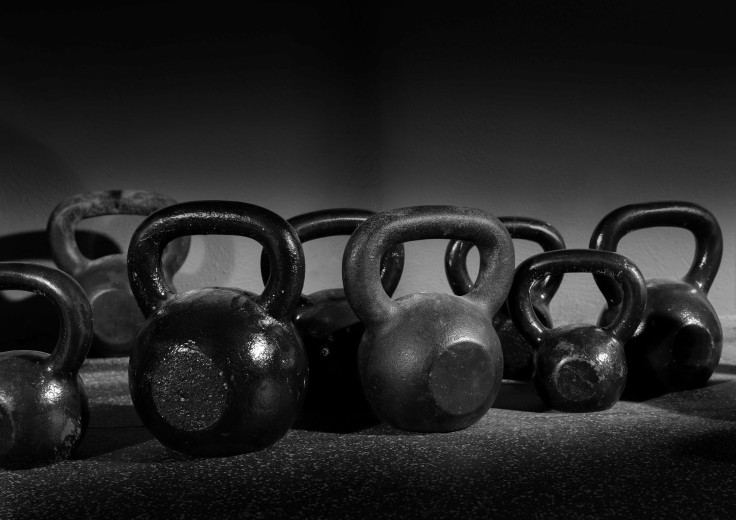Lose Weight Effectively With Weight Training; More Effective Than Running, Cycling, Or Stair Climbing

Experts are saying weight training is underrated when it comes to choosing effective weight loss workouts because prior studies too often tout the benefits of aerobic exercises. A study conducted by researchers at Harvard School of Public Health (HSPH) compared two different exercises to figure out which ones provided more weight loss benefits, and published their findings in the journal Obesity.
"Because aging is associated with sarcopenia, the loss of skeletal muscle mass, relying on body weight alone is insufficient for the study of healthy aging," the study’s lead author Rania Mekary, a researcher in HSPH's Department of Nutrition, said in a press release. "Measuring waist circumference is a better indicator of healthy body composition among older adults. Engaging in resistance training or, ideally, combining it with aerobic exercise could help older adults lessen abdominal fat while increasing or preserving muscle mass."
Over a 12-year period, researchers measured the waist circumference and body weight of 10,500 healthy American men who were 40 and older. The study took place between 1996 and 2008, where they compared 20 minutes of weight training a day to moderate-to-vigorous aerobic exercise, yard work, or stair climbing. When it comes to losing inches from their waistline, weight training was the most effective. For years, aerobic exercises, such as cycling, swimming, stair climbing, elliptical, dancing, and running have been some of the most relied upon exercise approaches for weight loss, yet weight training trumps them all.
Muscle tissue growth is stimulated when pressure is applied to it, which is why using weights with repetitions improves muscle response. Many times, dieters will lighten up or avoid weight lifting all together, especially females, because they think they’ll bulk instead of slim down. Fewer repetitions with heavier weight workouts actually burn more calories during the workout because it requires greater exertion from the body. Women shouldn’t shy away from weight training because they don’t naturally have enough testosterone to achieve the physique of a body builder.
1. Farmer’s Walk
Heavy dumbbells or short bars can be used to workout forearms, abdominals, glutes, hamstrings, lower back, quadriceps, and traps. Start by standing between the weights and grip the handles. Lift by driving your heels into the floor, while keeping your back straight and head staring forward. Walk 50 to 100 feet as fast as possible with short steps and even breathing.
2. Kettlebell Stand-Up
Kettlebells engage the shoulders, abdominals, calves, hamstrings, quadriceps, and triceps in a standup workout, also known as the “Turkish get-up.” Lie on your back and hold the kettlebell straight up with one hand. Bend the knee on the same side as the kettlebell. Push up into a seated position using your free hand. Slowly stand up and reverse the motion.
3. Barbell Deadlift
Using a barbell, this workout will work your lower back, calves, forearms, flutes, hamstrings, lats, quadriceps, and traps. Stand in front of a barbell and keep your back as straight as possible. Bend knees, tilt torso forward, and overhand grip the bar with hands shoulder-length apart. As you breathe out, lean forward and lift the bar with your body into an upright position. Push out your chest and keep your back straight until you’re ready to bend your knees and drop back down slowly until the bar touches the floor.
"This study underscores the importance of weight training in reducing abdominal obesity, especially among the elderly," the study’s senior author Frank Hu, professor of nutrition and epidemiology at HSPH, said in a press release. "To maintain a healthy weight and waistline, it is critical to incorporate weight training with aerobic exercise."
Source: Mekary R, Hu F, Giovannucci E, Rimm E, Willet W, and Asgarzadeh M, et al. Weight training, aerobic physical activities, and long-term waist circumference change in men. Obesity. 2014.



























